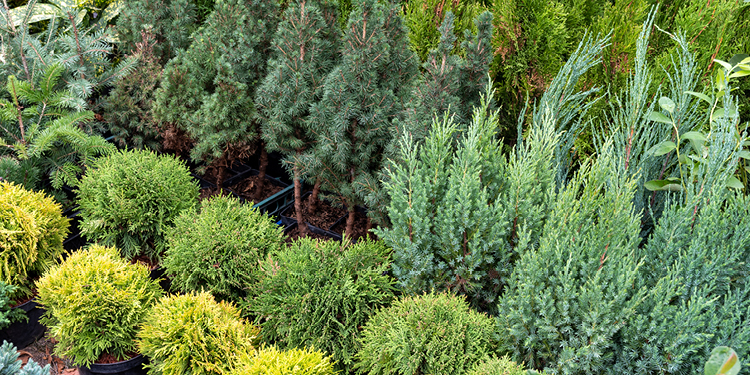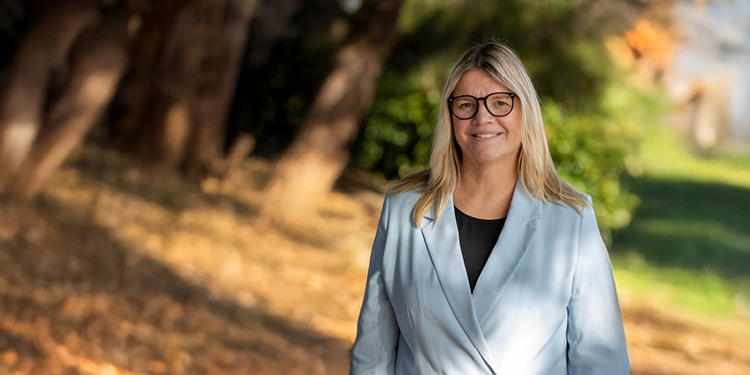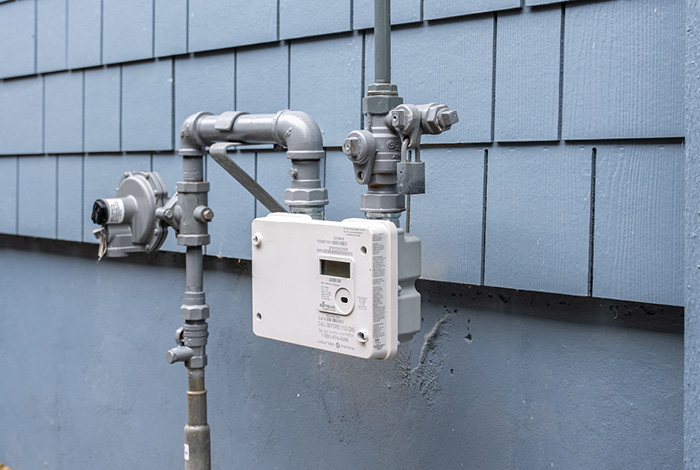A few minutes with a senior engineer on progressing Renewable Natural Gas
October 17, 2024
Updated May 6, 2025
We’re evolving B.C.’s energy landscape for a better tomorrow. Behind every project at FortisBC are the teams of people involved to make it happen. Renewable Natural Gas1 (RNG), a lower carbon2 gas produced from decomposing organic waste, is one of the ways we’re reducing overall greenhouse gas emissions today.
We sat down with Mason Lau, senior engineer, renewable gas, to learn more about what drew him to FortisBC in the first place, the future of RNG and his favourite animal. Spoiler alert: it helps make RNG.
“I was drawn to work at FortisBC because they are a pioneer in this space”, says Mason Lau. “FortisBC was one of the first utilities in North America to offer a Renewable Natural Gas program for their customers. I thought it was super cool to be able to use my engineering skills to try and solve some problems for climate change and make a difference for customers.”
RNG started with one supplier as small pilot program in 2009. As of May 2024, we are receiving RNG from 16 RNG suppliers with 14 more on the way as we continue to take steps to increase our supply of RNG. Once all of these suppliers are up and running, we could have enough RNG to replace the amount of natural gas used by about 256,000 B.C. homes per year.3 The fuel the gas system delivers today needs to change significantly toward lower carbon alternatives as we continue the energy transition. B.C. is unique because it has significant potential to produce renewable and lower carbon gases4 that can help advance the lower carbon energy transition.
Mason says, “One of my proudest accomplishments in my role at FortisBC has been taking the Renewable Natural Gas program from a small initiative and really building in some rigor and making it really robust, and able to be relied upon and produce this resilient energy that Renewable Natural Gas is.” To date, more than 13,000 customers have subscribed to the voluntary RNG program.
I think the thing that excites me the most about my job is knowing that Renewable Natural Gas will be a very established part of our energy future
Mason Lau, Senior Engineer, Renewable Gas
We’re working hard to expand our supply of RNG and thanks to people like Mason, we’re able to make real progress toward a better future. Mason finishes by saying “If there is one thing I want people to know about what I do at FortisBC, it’s that this is real, this is really happening and there’s more of it to come, so get ready.”
1Renewable Natural Gas (also called RNG or biomethane) is produced in a different manner than conventional natural gas. It is derived from biogas, which is produced from decomposing organic waste from landfills, agricultural waste and wastewater from treatment facilities. The biogas is captured and cleaned to create RNG. When RNG is added to North America’s natural gas system, it mixes with conventional natural gas. This means we’re unable to direct RNG to a specific customer. But the more RNG is added to the gas system, the less conventional natural gas is needed, thereby reducing the use of fossil fuels and overall greenhouse gas emissions.
2When compared to the lifecycle carbon intensity of conventional natural gas. The burner tip emission factor of FortisBC’s current Renewable Natural Gas (also called RNG or biomethane) portfolio is 0.27 grams of carbon dioxide equivalent per megajoule of energy (gCO2e/MJ). FortisBC’s current RNG portfolio lifecycle emissions for stationary combustion are -22 gCO2e/MJ. This is below B.C.’s lifecycle carbon intensity threshold of 30.8 gCO2e/MJ as set out in the 2024 Greenhouse Gas Reduction Regulation amendments.
3Based on average annual household usage in British Columbia.
4FortisBC uses the term renewable and lower carbon gas to refer collectively to the lower carbon gases or fuels that the utility can acquire under the Greenhouse Gas Reduction (Clean Energy) Regulation, which are: Renewable Natural Gas (also called RNG or biomethane), hydrogen, synthesis gas (from wood waste) and lignin. FortisBC’s renewable and lower carbon gas portfolio currently includes only Renewable Natural Gas. Other gases and fuels may be added to the program over time. Depending on their source, all of these gases have differing levels of lifecycle carbon intensity. However, all of these gases are lower carbon when compared to the lifecycle carbon intensity of conventional natural gas. The current burner tip emission factor of RNG is 0.27 grams of carbon dioxide equivalent per megajoule of energy (gCO2e/MJ) and the current renewable and lower carbon gas portfolio lifecycle emissions for stationary combustion are -22 gCO2e/MJ. This is below B.C.’s lifecycle carbon intensity threshold of 30.8 gCO2e/MJ as set out in the 2024 Greenhouse Gas Reduction Regulation amendments.



